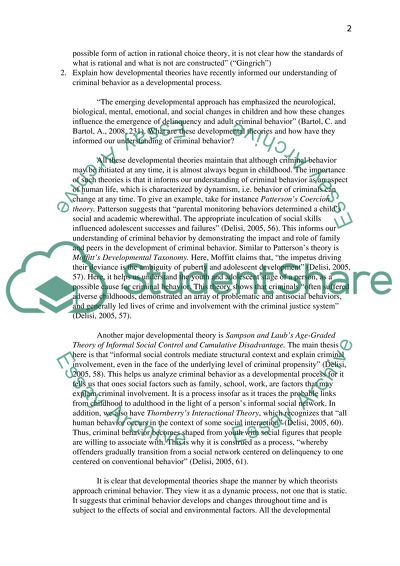Cite this document
(“Strengths and Limitations of Rational-Choice Based Perspectives Essay”, n.d.)
Retrieved from https://studentshare.org/law/1408910-strengths-and-limitations-of-rational-choice-based-perspectives
Retrieved from https://studentshare.org/law/1408910-strengths-and-limitations-of-rational-choice-based-perspectives
(Strengths and Limitations of Rational-Choice Based Perspectives Essay)
https://studentshare.org/law/1408910-strengths-and-limitations-of-rational-choice-based-perspectives.
https://studentshare.org/law/1408910-strengths-and-limitations-of-rational-choice-based-perspectives.
“Strengths and Limitations of Rational-Choice Based Perspectives Essay”, n.d. https://studentshare.org/law/1408910-strengths-and-limitations-of-rational-choice-based-perspectives.


